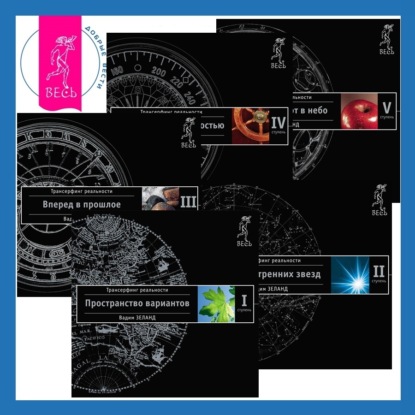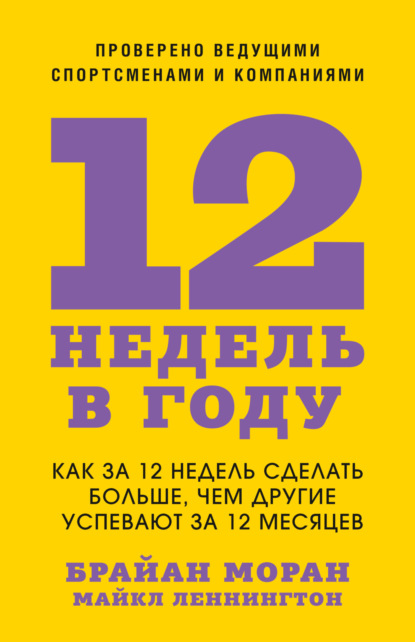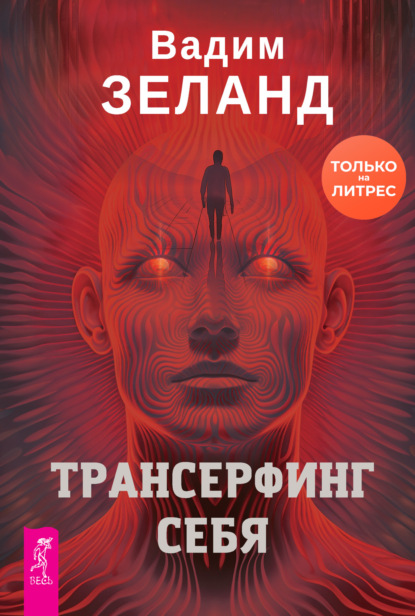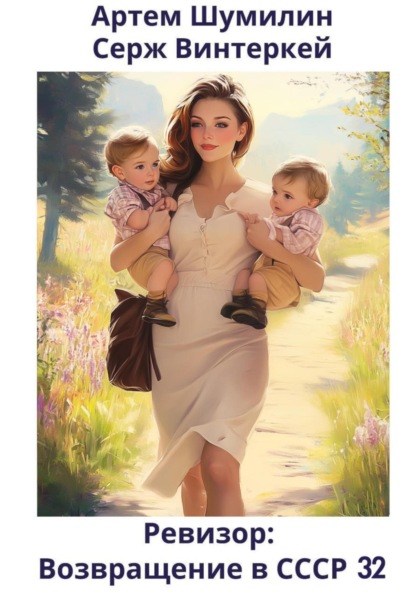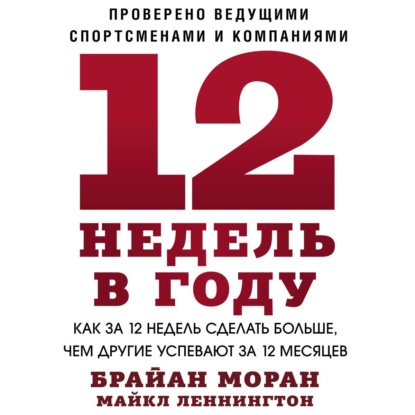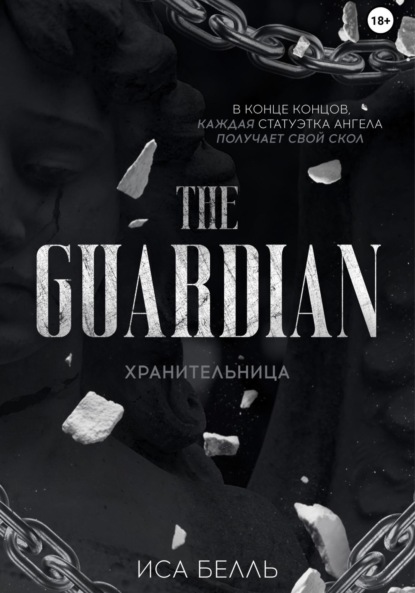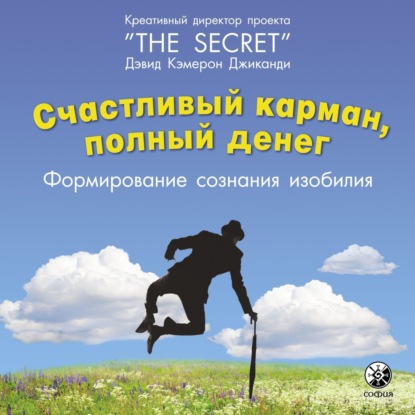Improving the quality of education is an important endeavor of educational policy and TAL aims to contribute to this. TAL is a project initiated by the Dutch Ministry of Education, Culture and Sciences, and carried out by the Freudenthal Institute (FI) of Utrecht University and the Dutch National Institute for Curriculum Development (SLO), in collaboration with the Rotterdam Center for Educational Services (CED). The quality of education can be improved in many ways. TAL proposes to do this by providing insights into the broad outline of the learning-teaching process and its internal coherence. It aims to be a support for teachers alongside mathematics textbook series. Furthermore, TAL can provide extra support for teachers if it is incorporated into a circle of implementation. The TAL project aims to describe the intermediate attainment targets of primary school mathematics. These objectives represent a further development of, and a supplement to, the previously established core goals for the end of primary school. A defining feature of the intermediate attainment targets is that they are embedded in a learning-teaching trajectory. This is also the reason for calling the project TAL, which in Dutch stands for Tussendoelen Annex Leerlijnen; in English this means Intermediate Attainment Targets in Learning-Teaching Trajectories. The middle letter of TAL can also be considered as referring to Afbeeldingen (Representations). This term indicates that the trajectory description contains many examples of students" and teachers" behavior, which form an integral part of the learning-teaching trajectory. Eventually, learning-teaching trajectory descriptions will be developed for all domains of primary school mathematics. The present book contains the learning-teaching trajectory for the domain of whole number calculation. The book contains of one trajectory for the lower grades (kindergarten 1 and 2, and grades 1 and 2) and one for the upper grades of primary school (grades 3, 4, 5 and 6). This means that the book covers the learning process in this domain for children ranging from 4 to 12 years of age. Это и многое другое вы найдете в книге Children Learn Mathematics
Children Learn Mathematics (книга)
Подробная информация о книге «Children Learn Mathematics ». Сайт не предоставляет возможности читать онлайн или скачать бесплатно книгу «Children Learn Mathematics »




